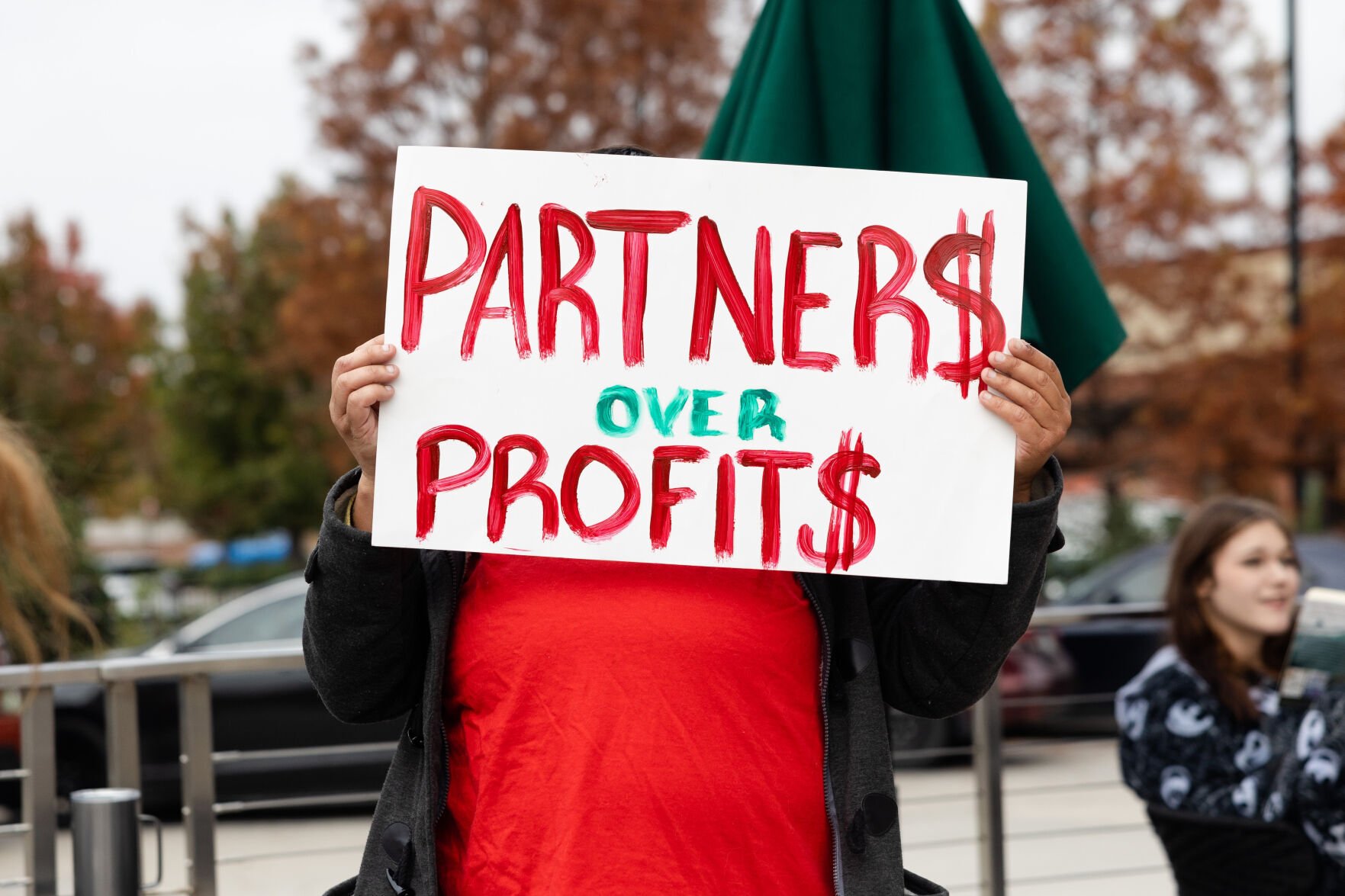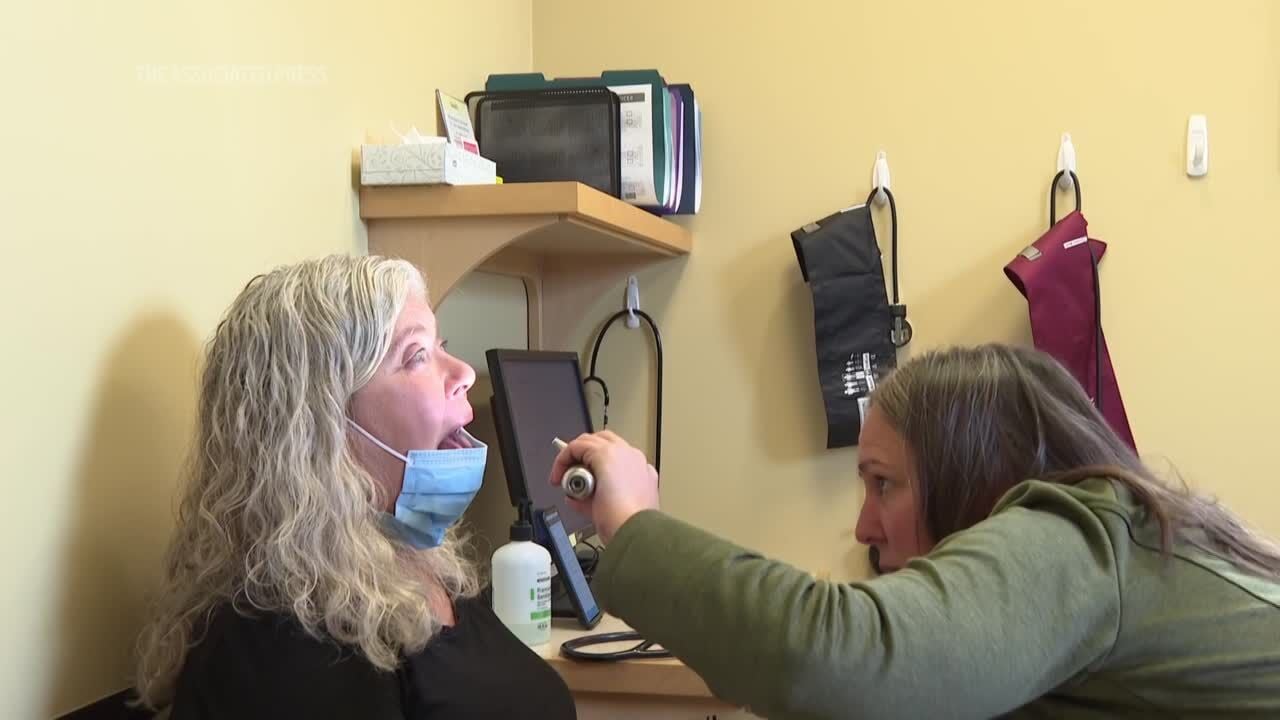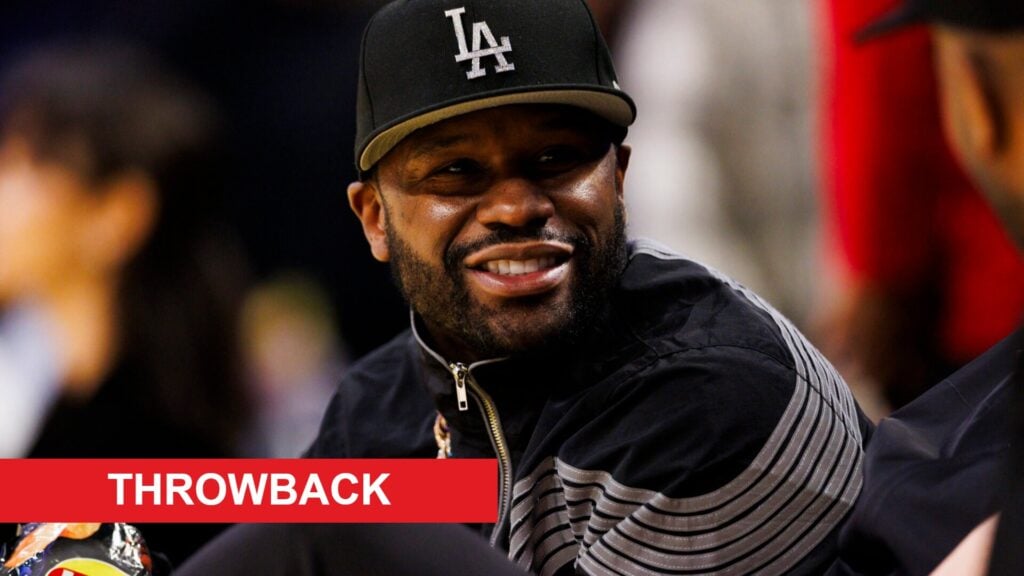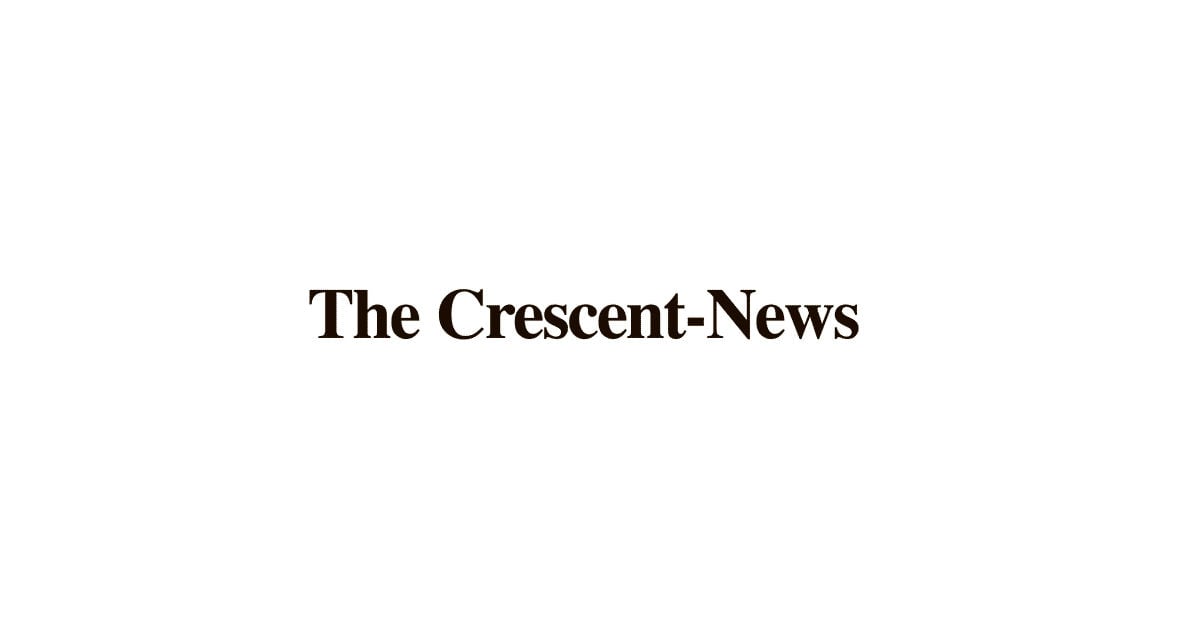In a bold move to reshape one of America’s leading newspapers, Los Angeles Times owner Patrick Soon-Shiong announced plans to take the paper public, aiming to “democratize” its ownership. The billionaire made the announcement during an appearance on “The Daily Show,” signaling a significant shift in the legacy newspaper’s future.
Los Angeles Times owner says he plans to take paper public
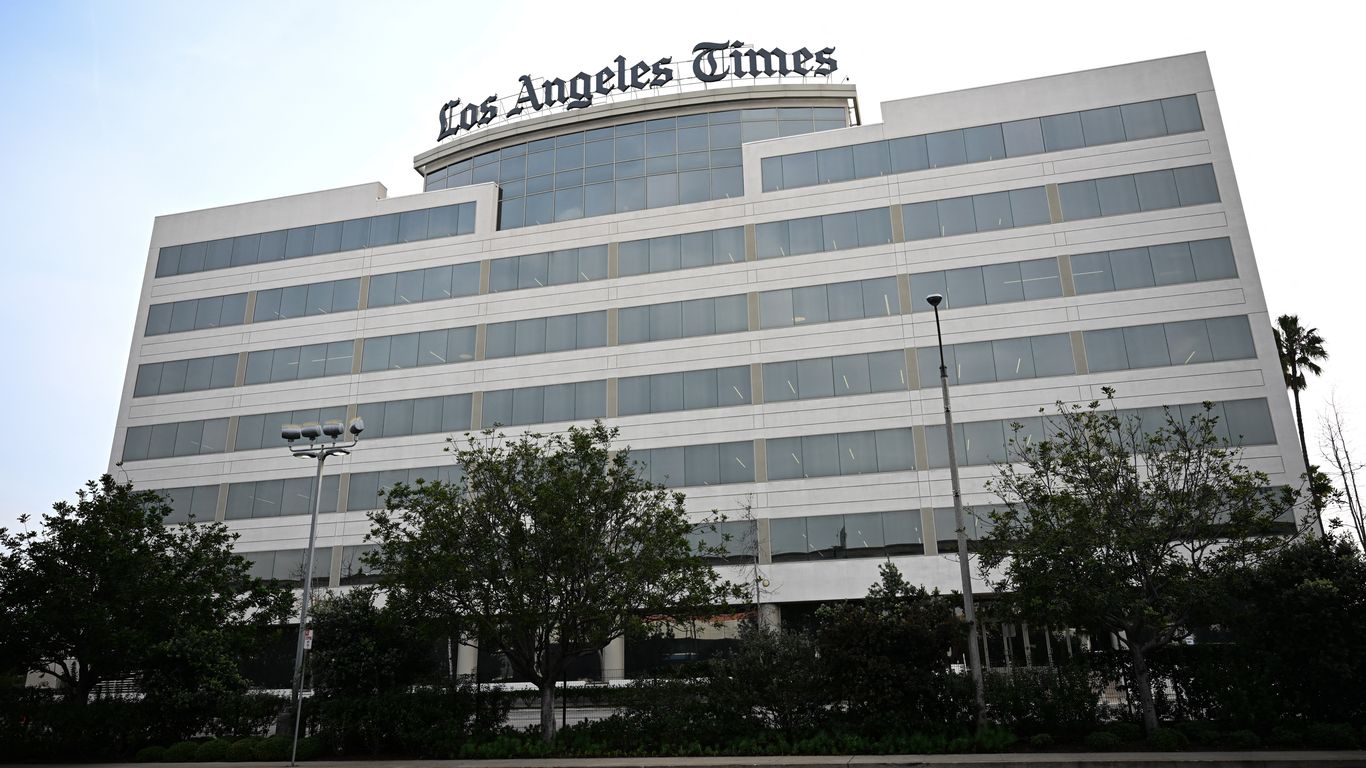
Key Takeaways:
- LA Times Going Public: Owner Patrick Soon-Shiong announced plans to take the newspaper public to democratize ownership.
- Announcement Made on ‘The Daily Show’: The revelation came during an interview with Jon Stewart.
- Timeline Set for Next Year: Soon-Shiong is working with an organization to finalize the deal within the next year.
- Past Ownership Controversies: His tenure has seen newsroom layoffs, blocked endorsements, and significant staff and subscriber losses.
- Future Vision for the Paper: Soon-Shiong intends to introduce more diverse voices and has implemented an AI-powered bias meter.
A New Chapter for the LA Times
Los Angeles Times owner Patrick Soon-Shiong has unveiled plans to take the historic newspaper public, a move he says will “democratize” its ownership and give a voice to the people. The announcement was made during his appearance on “The Daily Show” on Monday night.
The Public Ownership Plan
“Whether you’re right, left, Democratic, Republican, you’re an American,” Soon-Shiong told host Jon Stewart. “So the opportunity for us to provide a paper that is the voices of the people, truly the voices of the people… We’re going to take the LA Times public and allow it to be democratized and allow the public to be the ownership of this paper.”
He outlined a timeline over the next year and mentioned working with an organization to bring the deal to fruition. This move aims to shift the ownership structure, making it more accessible to the general public.
Challenges and Controversies Under Soon-Shiong
Since purchasing the Los Angeles Times and the San Diego Union-Tribune in 2018 for $500 million, Soon-Shiong’s tenure has faced significant challenges. In 2023, he sold the San Diego Union-Tribune to MediaNews Group.
The LA Times has experienced considerable turmoil, including the layoff of 115 newsroom employees—over 20% of its staff—early last year. More than a dozen additional staffers were let go in May. These cuts have raised concerns about the future of journalism and reporting quality at the paper.
In a notable controversy, Soon-Shiong blocked the LA Times’ planned presidential endorsement for Kamala Harris, which led to the resignation of the editorial editor and reportedly resulted in 20,000 subscription cancellations.
Media’s Role in Politics
The announcement comes amidst broader discussions about the media’s role in political discourse. Jon Stewart pressed Soon-Shiong on the ethical responsibilities of media ownership, particularly in standing up to political figures.
The conversation referenced CBS’s decision to cancel “The Late Show with Stephen Colbert,” highlighting tensions between media outlets and the Trump administration. When asked about the possibility of offending the administration, Soon-Shiong acknowledged, “It may and it probably does.”
A Vision for the Future
Looking ahead, Soon-Shiong intends to be more involved in shaping the LA Times’ opinion section. In a December interview with the paper, he expressed plans to introduce more moderate and conservative commentators. He has also introduced an AI-powered “bias meter” designed to label ideological leanings, aiming for greater transparency and balance.
“We need to provide a platform that reflects diverse viewpoints,” Soon-Shiong said. “By taking the paper public, we’re inviting our readers to have a stake in the journalism that impacts their lives.”
Conclusion
As the Los Angeles Times prepares for this transformative shift, questions remain about how public ownership will influence its journalistic independence and financial stability. However, Soon-Shiong’s plan represents a bold attempt to redefine the relationship between a major newspaper and its readership, potentially setting a precedent for media outlets nationwide.



